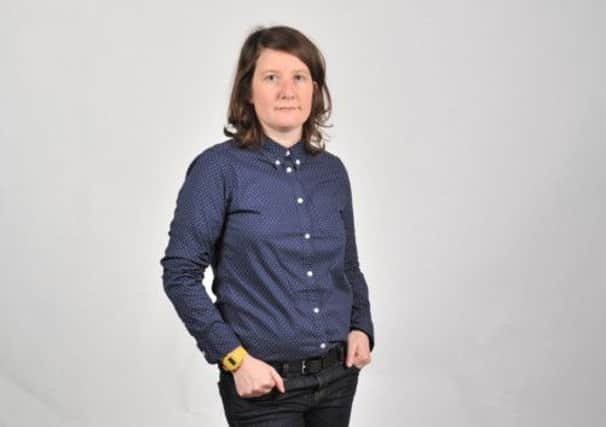Claire Black: The story of me and selfies


Or, when you realise that a new technology fad has entirely passed you by. This is the story of me and “selfies”. I can honestly say I’ve never taken one. I did once accidentally push the button on my phone that flips the camera angle round so it’s looking at me rather than outward. Suddenly seeing my own face on the screen gave me such a fright I dropped my phone and various bits of plastic were sent flying.
But I am – and not for the first time, I admit – an anomaly.
Advertisement
Hide AdAdvertisement
Hide AdI must be, since “selfie” has just become the Oxford English Dictionary’s word of the year. That’s what happens when the use of a word increases by 17,000 per cent in 12 months. The best one ever was taken by Japanese astronaut Aki Hoshide, his reflection in his helmet as he floated outside the International Space Station, but Barack Obama’s kids did it at his inauguration, and Justin Bieber does it with his top off. Rihanna, Jessie J, they’re all at it. And so are millions of the rest of us. There are close to 100 million photographs on Instagram with the hashtag #me.
So what does it mean? You might say it means we are a bunch of technologically-enabled narcissists, constantly screaming “LOOK AT ME!” and practising our best duck faces (the technical term for that cheeks sucked in, lips pushed out, taken from above pose that makes folk look ridiculous). Or, you could argue, that self-portraiture has been around since the earliest times – it’s just something that we do and selfies are just the latest incarnation.
Honestly? I’m undecided.
If I had been in zero gravity, floating in space and had the opportunity to capture the moment, I’m pretty sure I would have. Then again, the other day I sat in a busy cafe in the middle of the city. At the table next to mine, sat four girls in their late teens. It was the birthday of the girl sitting with her back to me and they were each having a slab of cake to celebrate. Nice style.
They didn’t seem to know each other that well because the conversation wasn’t exactly flowing. First year university students, I thought. New pals, still getting to know each other.
Then the birthday girl raised her arms and held her iPhone in her outstretched hands. Selfie time. I wondered why she hadn’t asked one of her friends to take the picture? I waited, thinking that she would then orchestrate another with all of them together. She never did. I finished my coffee and left.
As I walked in the freezing sun, I thought of her in a few years’ time looking at the photograph of her on her 19th birthday in an Edinburgh cafe. She’d be alone, with no memory of the people sitting with her. And I felt a bit sad.
NICE to read that Elsie Inglis’ headstone is being refurbished after being allowed to fall into disrepair. Wonder what it might mean for the dearth of public statues to Edinburgh’s other daughters? I live near one half of the entire female contingent of public statues this city can “boast” of – good old Queen Vic on her plinth at the foot of Leith Walk. There she stands, surveying an assortment of Leith worthies – old timers and young ones who look old, sitting on the chapped benches, smoking fags, shouting at each other and feeding the pigeons. The other half of the contingent is the unknown African Woman and Child in Festival Square. They’re fine statues, but they’re not enough, are they?
MARION Stokes, a former librarian from Philadelphia, began recording TV news programmes on VHS videos in 1977. By the time she died in 2012, aged 83, she had amassed 140,000 VHS tapes of TV news mostly held in a storage unit. Stokes’ hobby – actually that’s maybe not quite the right word, as she watched two TVs at a time, ran eight recorders simultaneously and organised her life around catching as much as she could, including using an assistant to continue her work when she got too old – sounds like the kind of thing that might feature on a reality TV show about hoarders, but, in fact, her life’s work has now become a major donation to the Internet Archive, a non-profit organisation dedicated to building a free internet reference library. Awesome.
Twitter: @Scottiesays